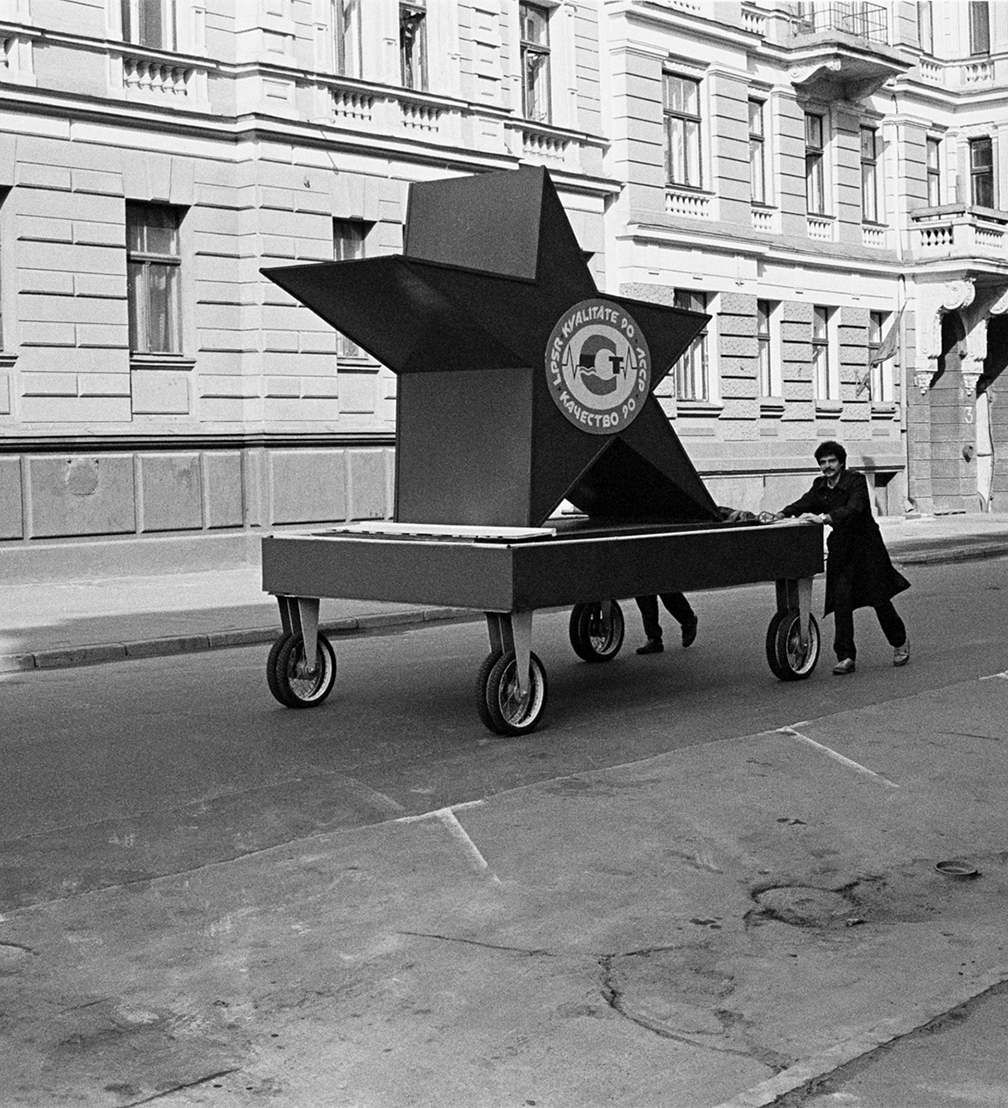
Last week, the photography exhibition Human Baltic opened at the Spiral Art Centre in Tokyo, featuring humanist photographs from the three Baltic States taken between the 1960s and 1990s. This poetic collection of photographs, which brings the everyday closer to art, gives an insight into the lives of the Baltic people, revealing their resilience and spirit in the face of Soviet realities.
Human Baltic includes more than 200 works from the treasures of Baltic photography, representing 16 of the most important artists of the period: Andrejs Grants, Aivars Liepiņš, Gvido Kajons, Gunārs Binde, Māra Brašmane, and Zenta Dzividzinska from Latvia; Algimantas Kunčius, Algirdas Šeškus, Aleksandras Macijauskas, Violeta Bubelytė, and Romualdas Požerskis from Lithuania; and Arno Saar, Ene Kärema, Kalju Suur, Peeter Tooming, Peeter Langovits, and Tiit Veermäe from Estonia.
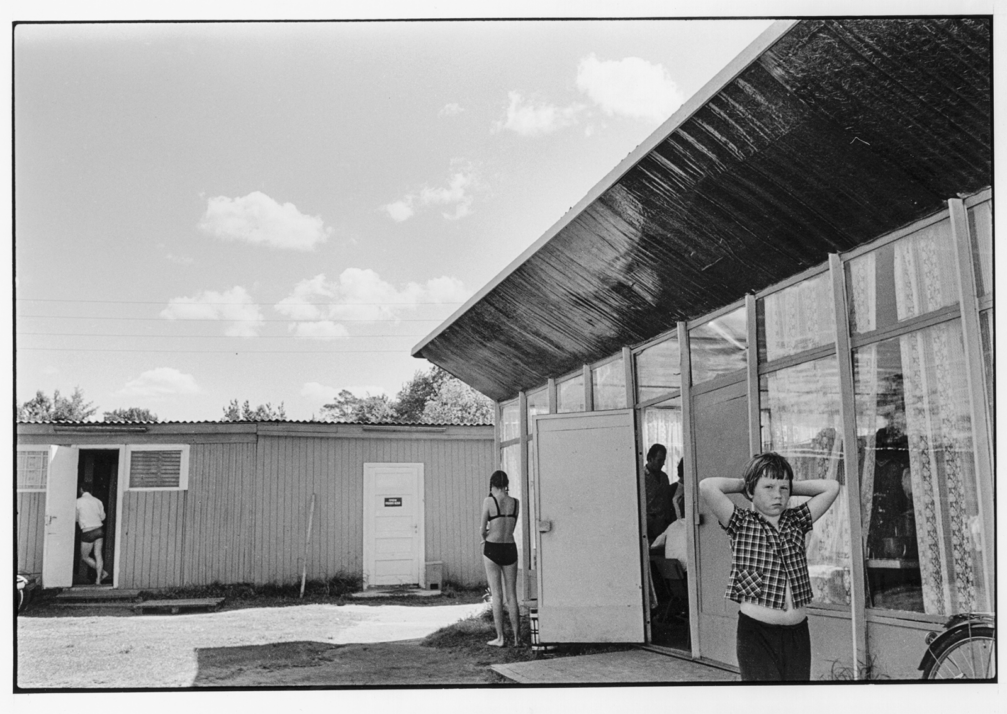
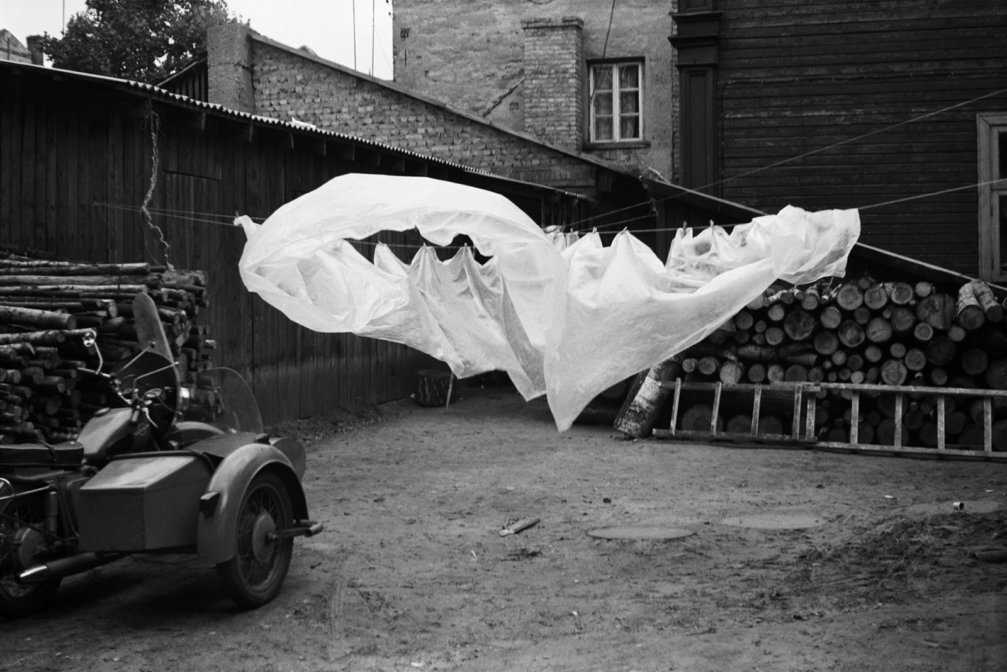
Despite their different techniques and themes, the artists share a humanistic approach to photography: capturing everyday life, sometimes mundane and boring, sometimes romanticised. «What seems mundane and too simple to us may be of interest to the Japanese, allowing them to get to know the character of the Baltic people,» concludes Sergejs Grigorjevs, the producer of the exhibition.
The practice of humanist photography in the Baltic States in the 1960–1990s represented a constant struggle for freedom of expression, identity, and memory. This determined the selection of photographs for the exhibition, including censored or previously unpublished images as well as critical, ironic, and nude genre examples that were banned during the Soviet era. The collection of photographs was curated by Dr Agnė Narušytė from Lithuania, together with Baltic curators Iveta Gabaliņa (ISSP) from Latvia, and Toomas Järvet and Kristel Aimee Laur (Juhan Küss Centre for Documentary Photography) from Estonia.
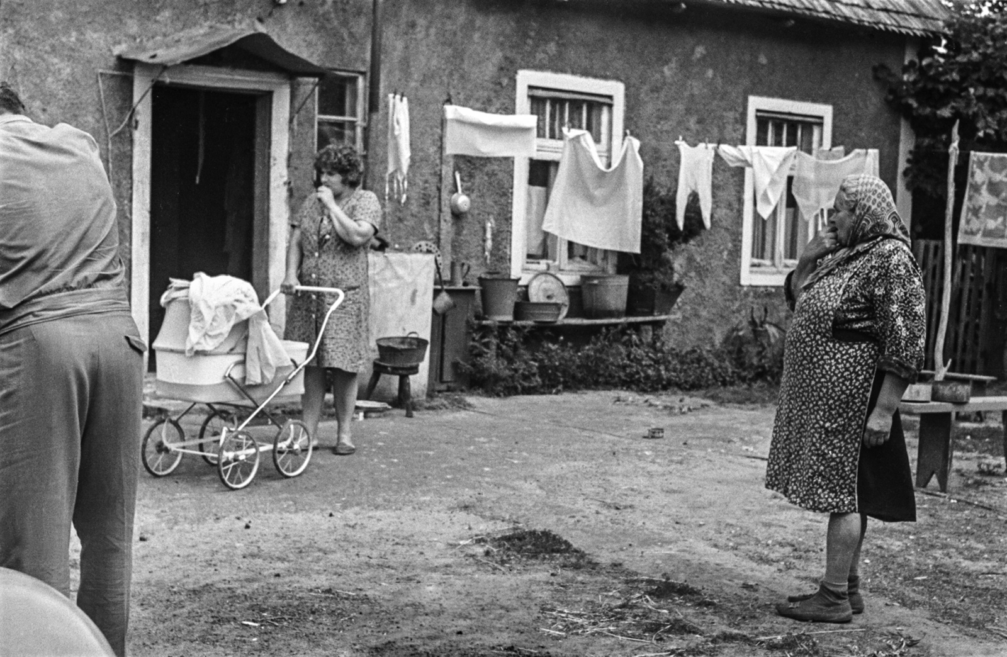

The exhibition also includes an interactive app dedicated to the Baltic Way, which invites Tokyo residents to explore the phenomenon that, in 1989, united two million people. The app offers a route around the gallery through the streets and alleys of Tokyo, presenting unseen photographs and rare video footage, as well as historical commentary and new media content. Alongside the exhibition, there will be discussions promoting Baltic photography among Tokyo art lovers, as well as a charity auction of works donated by the photographers, with proceeds going to support Ukrainian refugees in Japan.
Human Baltic is on show at the Spiral Garden Gallery in Tokyo until June 9. More information about the exhibition is available on the Spiral Art Centre website.
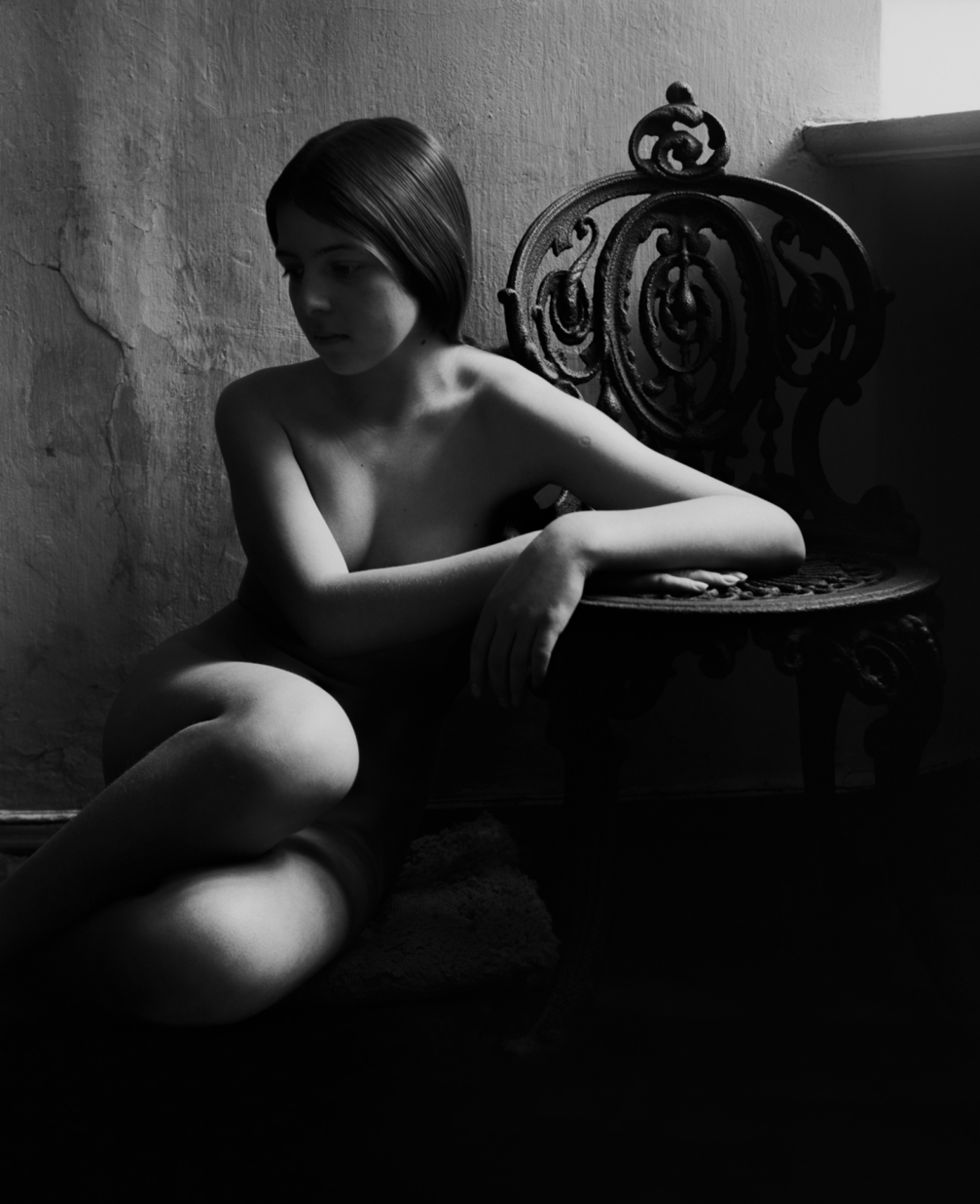
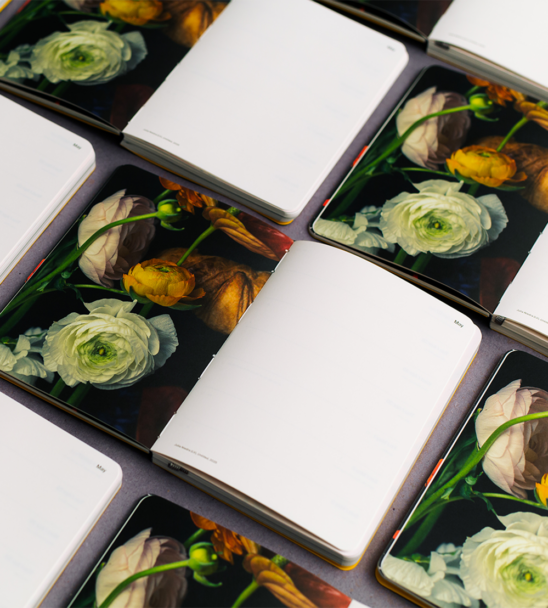
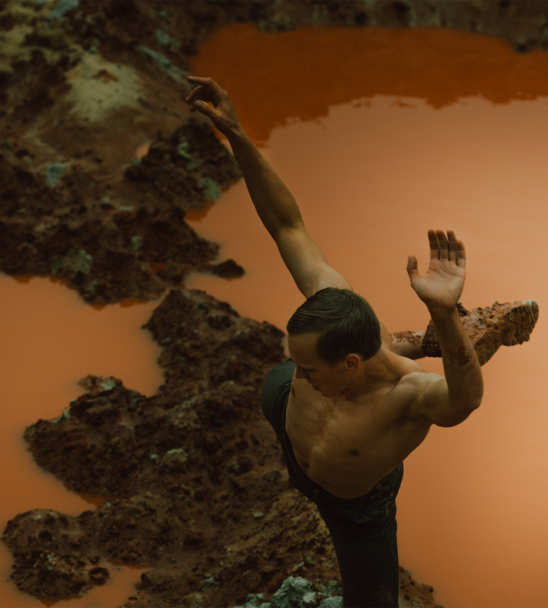
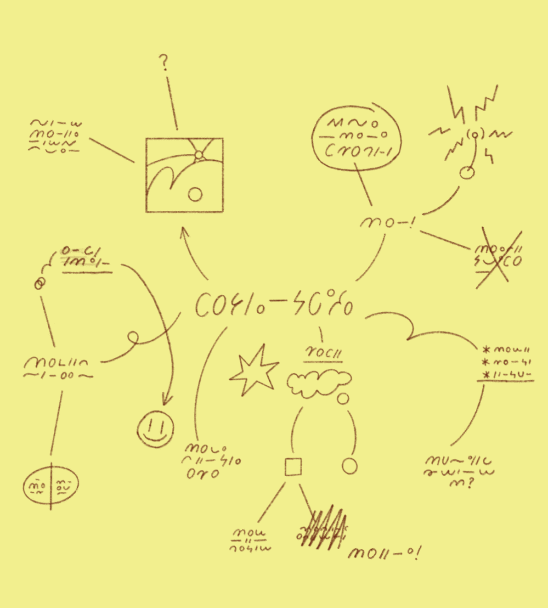
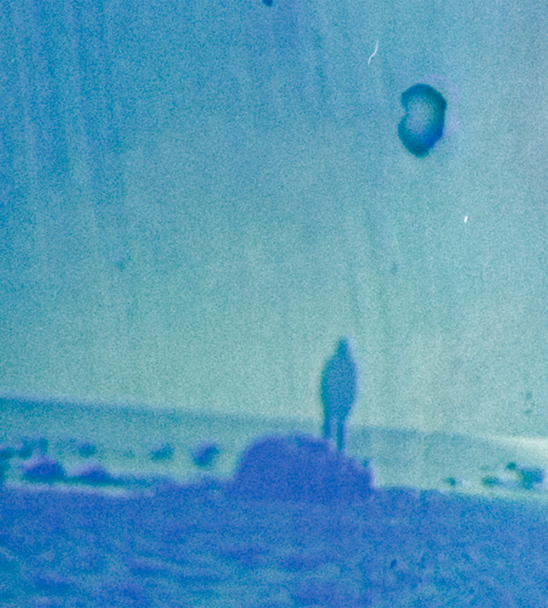
Viedokļi